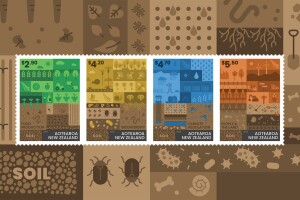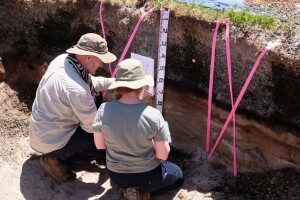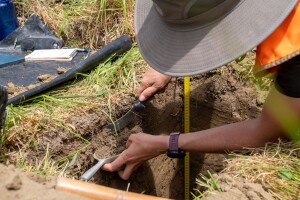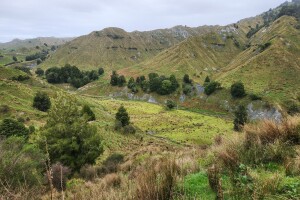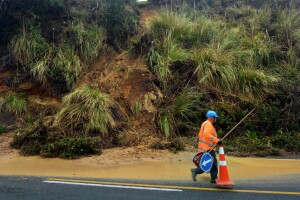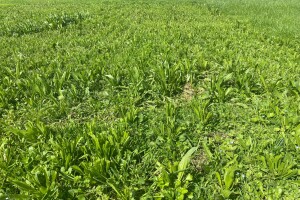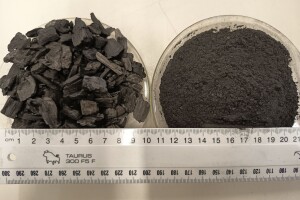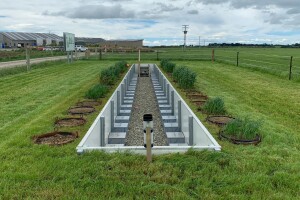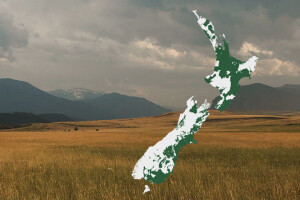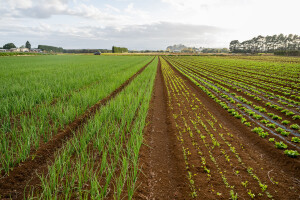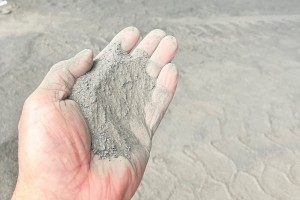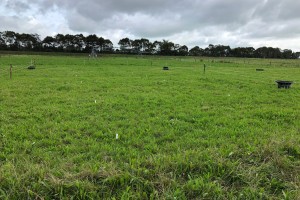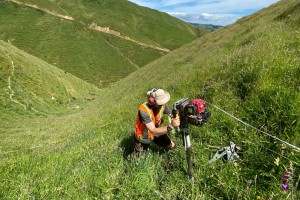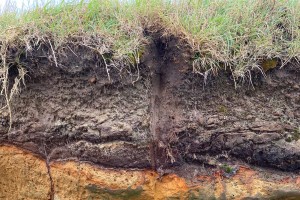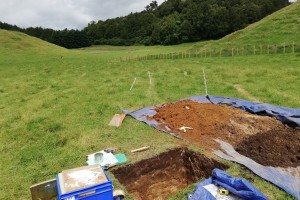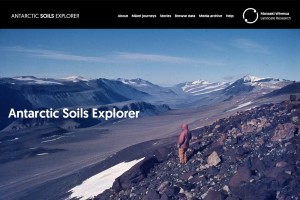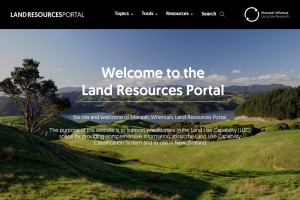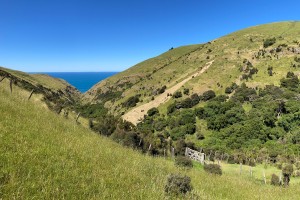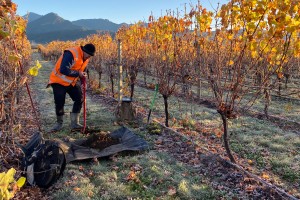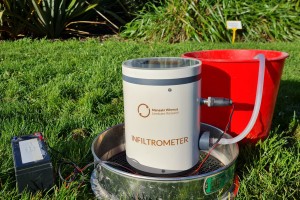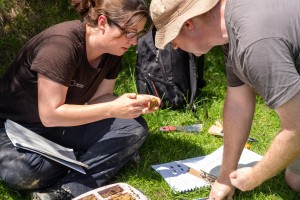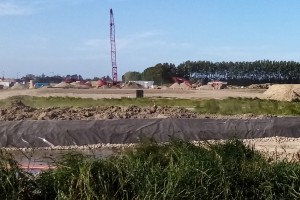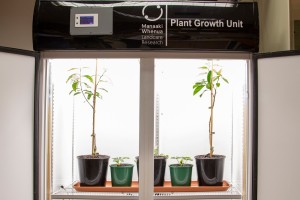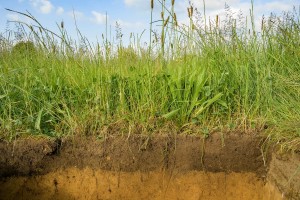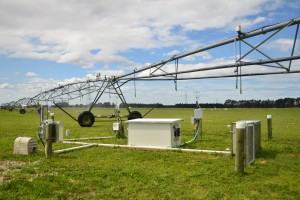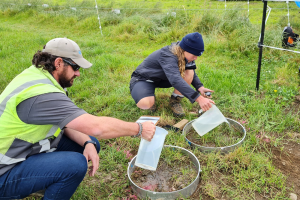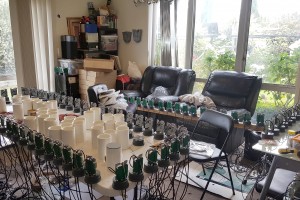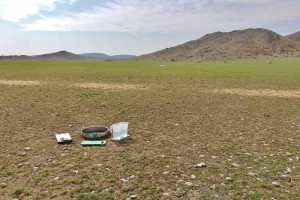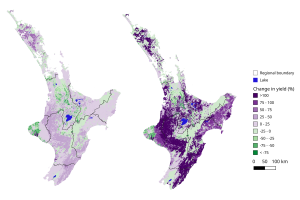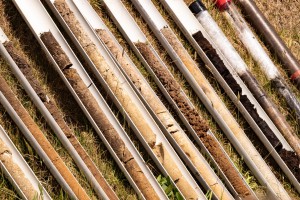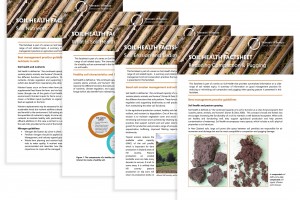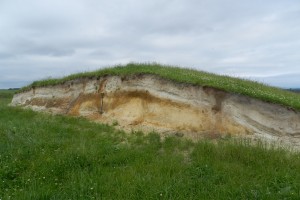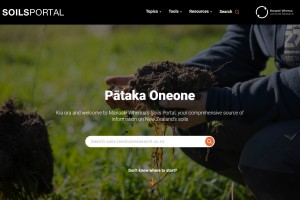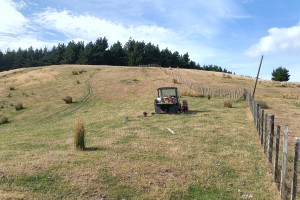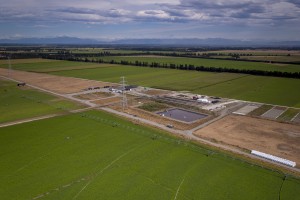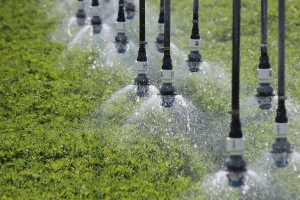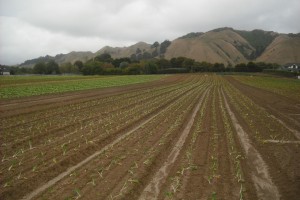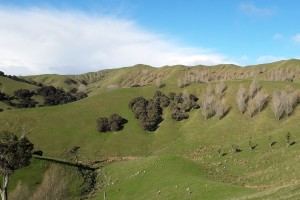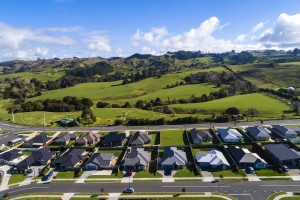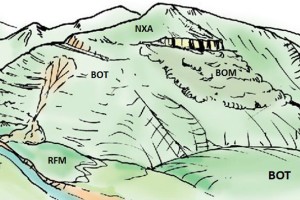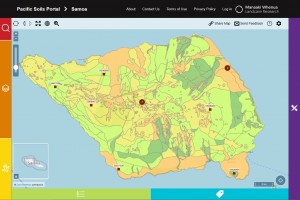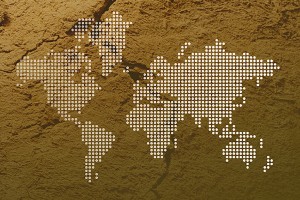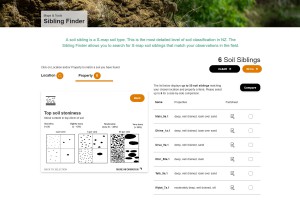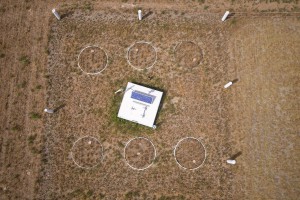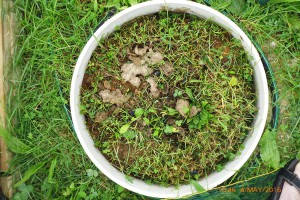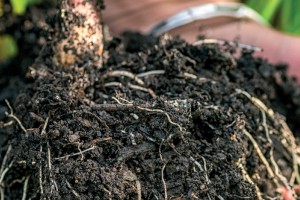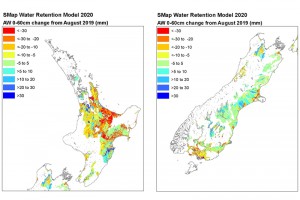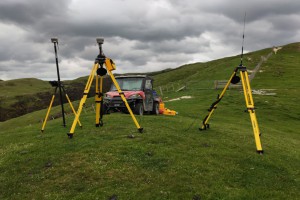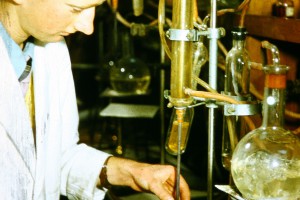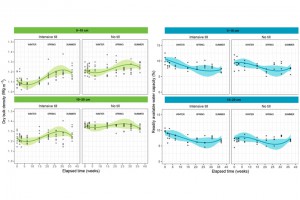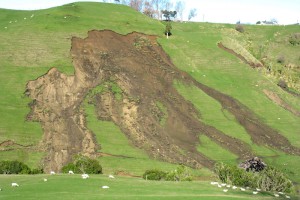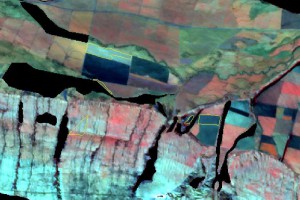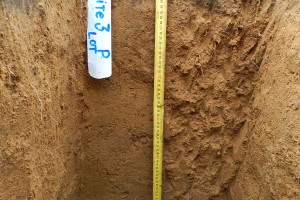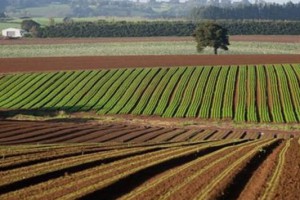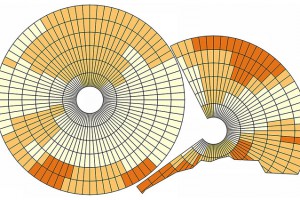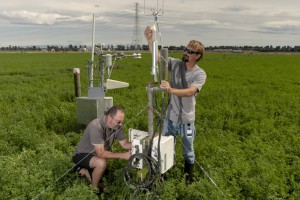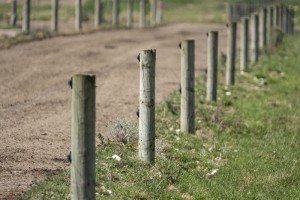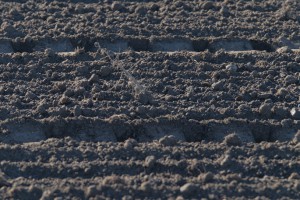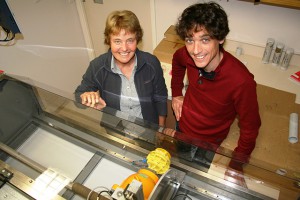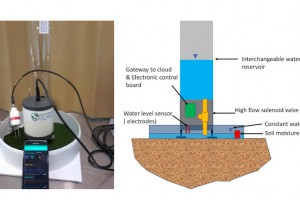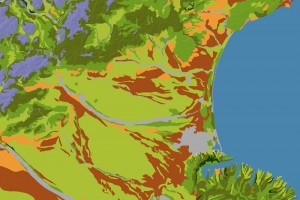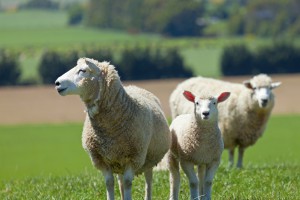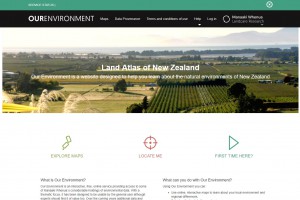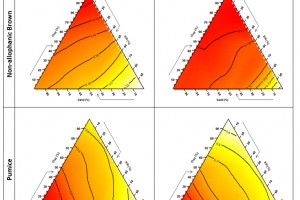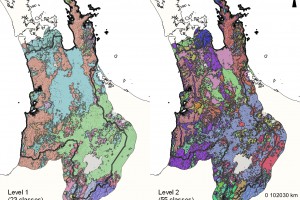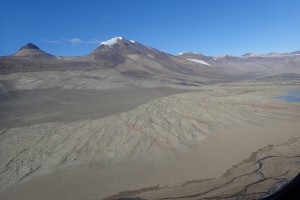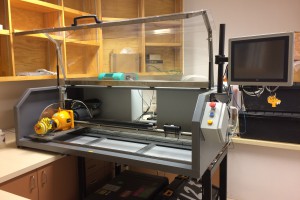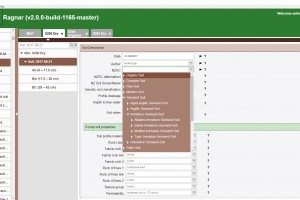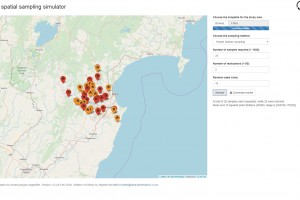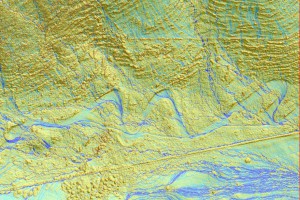Soil Horizons
Welcome to Soil Horizons
Soil Horizons is our annual newsletter showcasing our work in soil-related research.
Topics covered by Soil Horizons include soil mapping and landscape modelling, land management practices, soil quality, nutrient and sediment losses from land to water, new technologies, contaminants, erosion, carbon, and greenhouse gases.
Issue 34, October 2025
We’re building something new. On 1 July the Bioeconomy Science Institute was formed bringing together Manaaki Whenua – Landcare Research alongside AgResearch, Plant & Food Research and Scion.
This issue of Soil Horizons is our first as part of the new organisation. It’s exciting to see the breadth of research in this issue, with content that reflects our new organisation’s wider capabilities.
We have stories on upgrades to S-map nationally and regionally, including an in-depth look at the Taranaki region, where over 240,000 ha of new S-map soil mapping is now available for end-users. Nationally, we’ve added over 838,460 ha across Northland, Waikato, Manawatū-Whanganui, Taranaki, Marlborough, Tasman, Canterbury, and Otago.
Cyclone Gabrielle triggered a large number of shallow landslides across the Hawke’s Bay region, but trees prevented much worse erosion. We explore evidence that the effectiveness of trees is not just about how many there are, but also where they are planted.
After winter forage grazing can winter-sown catch crops reduce nitrate leaching in Southland? We find out from a leaching study at the Southern Dairy Hub, and provide some key practical advice for farmers. We also report on better crop nitrogen (N) management. Soil testing for mineral N and potentially mineralisable N at the start of the crop growing season can be used to estimate how much N is available or will be released.
We report on incorporating plantain into grazed swards as a promising approach to reduce nitrous oxide emissions from livestock grazing systems, which will help mitigate our greenhouse gas emissions. In New Zealand the benefits of biochar application to soils have mostly been evaluated under controlled conditions, but here we report on a study where its benefits were measured in the field.
An event aimed at keeping our team’s soil description skills up to date became the largest soil judging competition ever held in the Southern Hemisphere – and possibly the world! We report on the cut and thrust of this keenly fought competition involving a wide variety of international participants.
An important tool for aspiring and experienced soil mappers is the Soil Description Handbook, so after three decades we’re revising it to ensure it captures both long-established field techniques and the latest digital tools. We’ve also been developing an artificial intelligence tool that could unlock new ways to add value to our growing collection of digital soil information and resources. Read all about it here!
Finally, in June 2025 NZ Post issued a set of four stamps with themes related to the many roles that soils play for us. They can be bought as collector’s sets or used to send your Christmas presents.
John Drewry
Editor
Senior Researcher - Soil Physics and Capability Leader
Issue 33, November 2024
This issue of Soil Horizons showcases upgrades to S-map, and recent research on soil carbon benchmarking, carbon sequestration, and nutrient losses under variable-rate irrigation.
We give an overview of recent results from New Zealand’s national soil carbon monitoring programme, in which 504 sites were established to determine a robust baseline of soil organic carbon stocks for agricultural land. These results provide spatially representative data to feed into national soil carbon inventory reporting.
We provide stories on enhancing S-map (New Zealand’s digital soil map), which now covers 11 million hectares. The S-map team has recently completed an extra half a million hectares of new soil mapping across some of our best food-producing land. New Zealand is internationally recognised as having a high diversity of soil types – find out how many have been mapped so far.
We report on modelling upgrades to soil profile-available water, which is used by many stakeholders via tools such as OverseerFM. Significant efforts have been made to improve the modelling of soil water storage for Pumice, Granular and Allophanic soils, which in turn supports better decision-making on the farm.
We also report on the first assessment in New Zealand of the practical applicability of enhanced rock weathering as a potential mitigation to help reduce carbon dioxide in the atmosphere, and on a study of leaching losses under two contrasting soils for a mixed cropping system.
Issue 32, October 2023
This issue of Soil Horizons showcases recent research on developing practical tools to help end-users. We include guidance for managing ‘surplus soil’ (derived from infrastructure development or natural processes such as sediment deposition) and describe a farmer-friendly infiltrometer to measure soil water infiltration.
There are two new web services: one for land-use capability and one that provides fascinating insights into our Antarctic soil's heritage and early exploration. New Zealand’s most favourable soils for food and fibre production need safeguarding, so the tools on the new land-use capability site will help councils to zone their highly productive land.
We provide stories on enhancing S-map (New Zealand’s digital soil map), including how the complex array of soils is being mapped on Banks Peninsula, the use of proximal sensing to improve S-map in Marlborough, and keeping our team’s soil description skills up to date. Some of Marlborough’s very stony soils are challenging to dig, so new techniques were adapted from precision agriculture to overcome the problem.
We also present work on the development of a plant growth chamber for investigating future climate conditions.
John Drewry
Editor
Senior Researcher - Soil Physics
Issue 30, November 2021
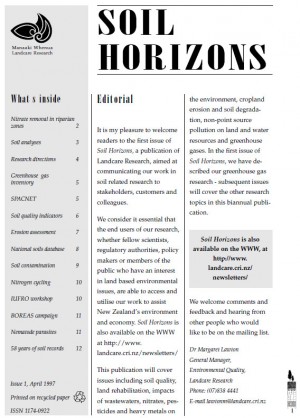
The front of Soil Horizons Issue 1, from April 1997.
This issue of Soil Horizons is our 30th. The first issue of Soil Horizons, published in April 1997, was aimed at communicating our soils-related research to stakeholders, customers, and colleagues. It still is.
A review of Issue 1 shows articles on nitrate in soils, greenhouse gases, soil quality indicators, erosion, the National Soils Database, contamination, nematodes, and soil records. Issue 1 also had a feature on the soil chemistry and soil physics laboratories in Palmerston North and Hamilton.
Many of these topics sound familiar! Nitrate losses, greenhouse gases, soil quality, erosion, and soil contamination are key topics today, 24 years on, with several large current research programmes in action.
Issue 30 has articles on several topics that were in Issue 1. We have an article on ‘reducing nitrogen losses from farms’ – from a co-author also featured in Issue 1. Other articles include soil quality, and the use of technology to better understand erosion and soil conservation mitigation, and soil moisture. Issue 1 had an article on the ‘National Soils Database,’ an essential inter-generational resource that now supports S-map and various research directions. So, this year, we have two articles on S-map – one on using field and digital techniques to improve mapping in the Wairarapa, and the other on developing a ‘landform trees’ tool.
Issue 1 had a feature on the South Pacific laboratories network. Issue 30 has an article on the Pacific Soils Portal to make soils information more widely available.
Our other articles this year include ‘land fragmentation’, and a book review of ‘The Soils of Aotearoa New Zealand’.
Many thanks to the teams who have contributed to research and writing in all 30 issues of Soil Horizons!
John Drewry, Editor.
Issue 28, December 2019
This issue of Soil Horizons explores soils and their influence on water from micro-scale to farm- and national-scale, and ways to improve the management of our soil resource. We present key research findings on the importance of soil health, finite high-class soils, improving S-map to aid the management of irrigation and erosion control, soil ecological guidelines for trace elements, and new soil monitoring and management tools.
Previous issues in PDF format
- pdf Soil Horizons 26 pdf File, 1 MB
- pdf Soil Horizons 25 pdf File, 1.1 MB
- pdf Soil Horizons 24 pdf File, 3.3 MB
- pdf Soil Horizons 23 pdf File, 1.6 MB
- pdf Soil Horizons 22 pdf File, 904 KB
- pdf Soil Horizons 21 pdf File, 1.6 MB
- pdf Soil Horizons 20 pdf File, 1.3 MB
- pdf Soil Horizons 19 pdf File, 1.6 MB
- pdf Soil Horizons 18 pdf File, 3.6 MB
- pdf Soil Horizons 17 pdf File, 1.7 MB
- pdf Soil Horizons 16 pdf File, 1.8 MB
- pdf Soil Horizons 15 pdf File, 1.4 MB
- pdf Soil Horizons 14 pdf File, 1.3 MB
- pdf Soil Horizons 13 pdf File, 860 KB
- pdf Soil Horizons 12 pdf File, 839 KB
- pdf Soil Horizons 11 pdf File, 401 KB
- pdf Soil Horizons 10 pdf File, 928 KB
- pdf Soil Horizons 09 pdf File, 153 KB
- pdf Soil Horizons 08 pdf File, 237 KB
- pdf Soil Horizons 07 pdf File, 235 KB
- pdf Soil Horizons 06 pdf File, 744 KB
- pdf Soil Horizons 05 pdf File, 660 KB
- pdf Soil Horizons 04 pdf File, 398 KB
- pdf Soil Horizons 03 pdf File, 347 KB
- pdf Soil Horizons 02 pdf File, 450 KB
- pdf Soil Horizons 01 pdf File, 452 KB

